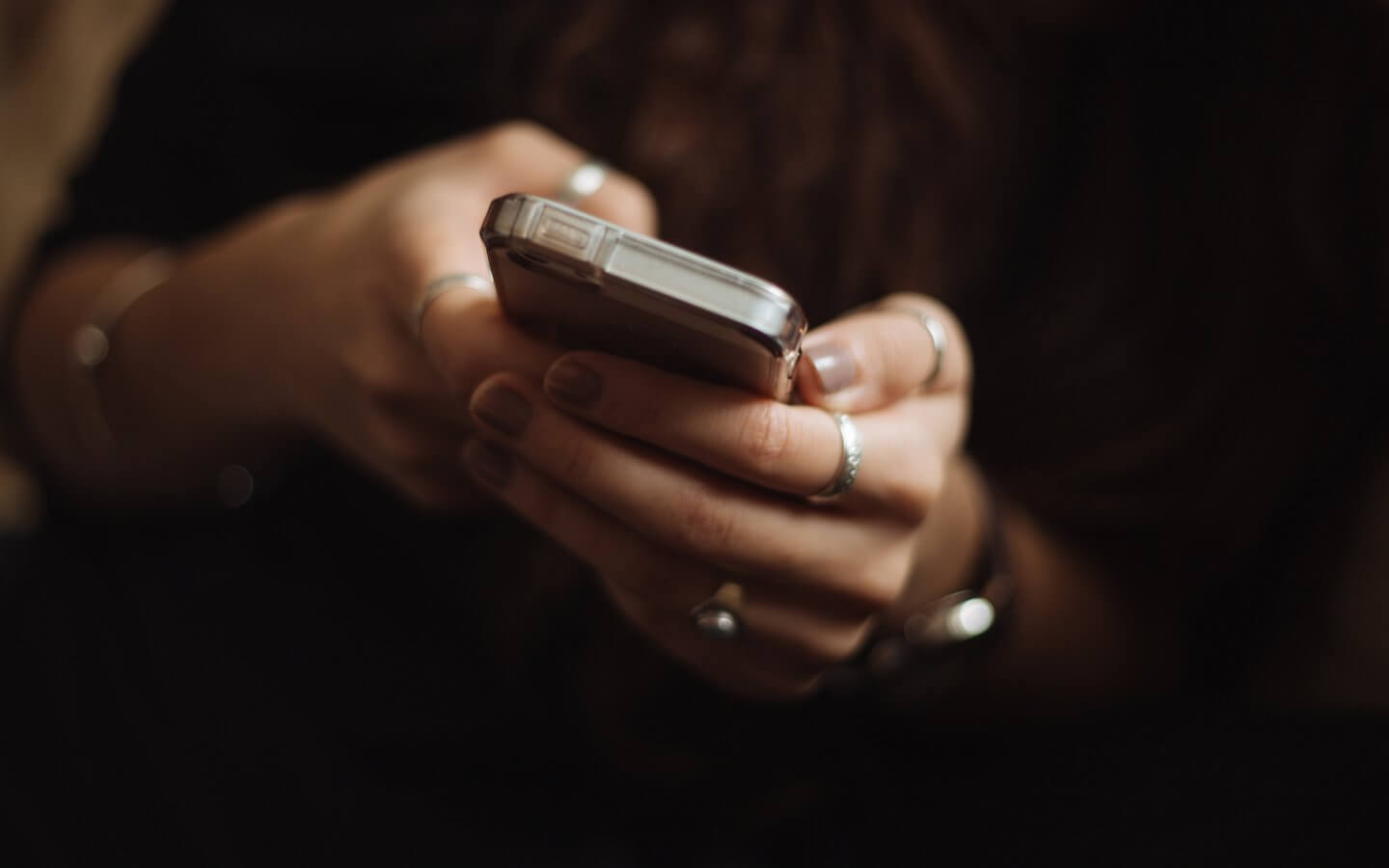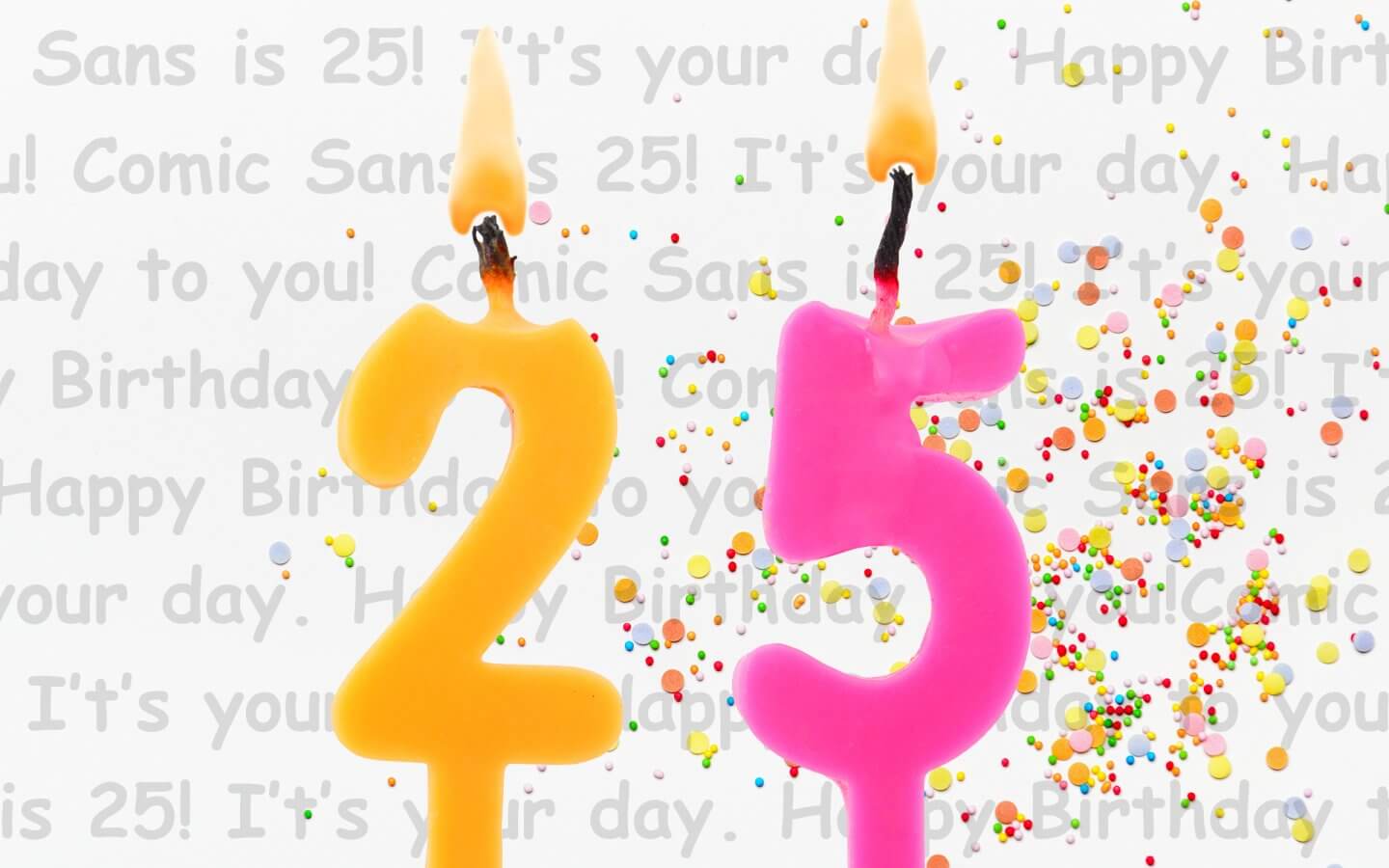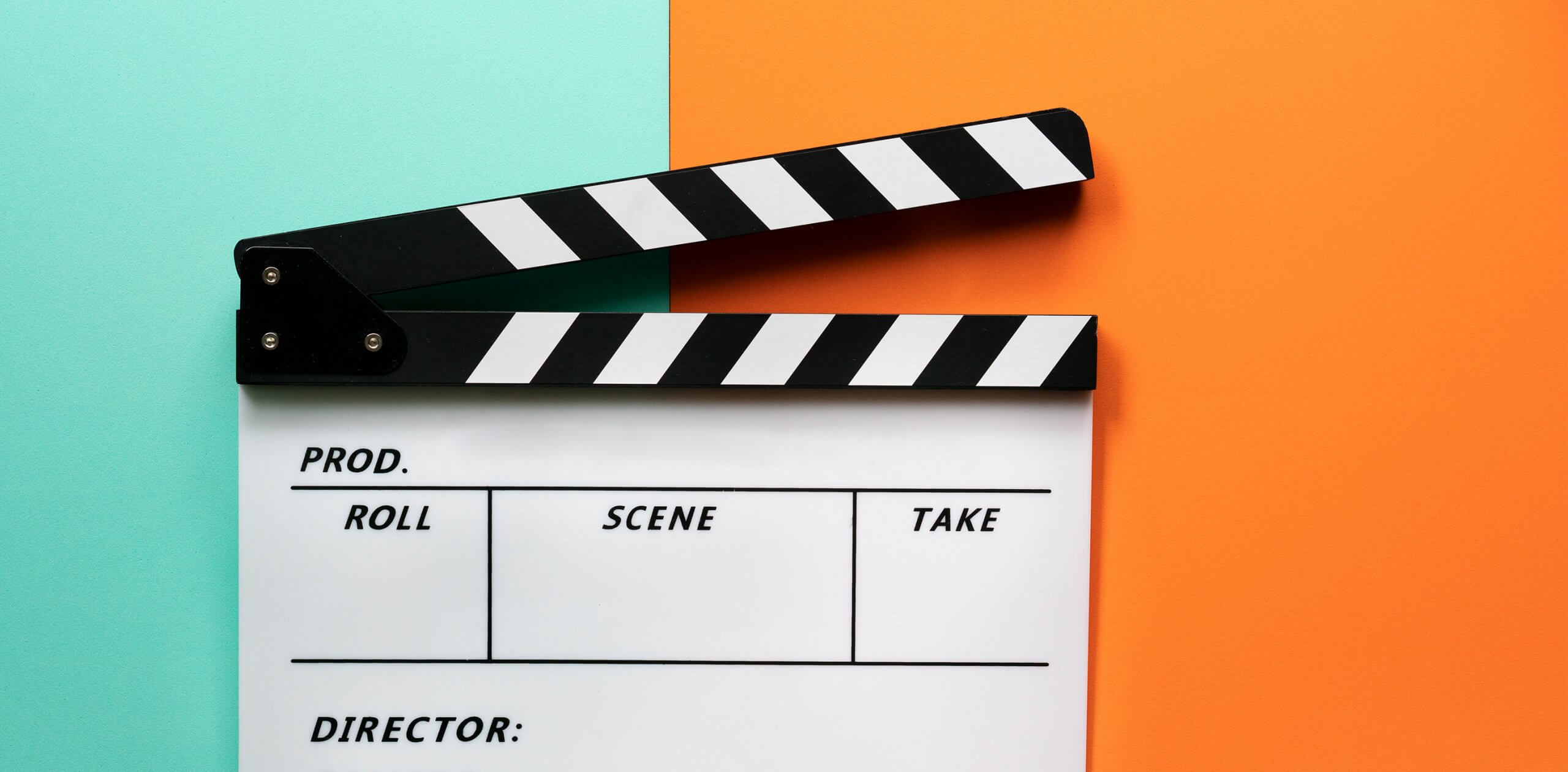


For most people, they’d grab a phone. They’d call 911, text a loved one, or log in to social media to alert others of the situation and their condition. This automatic response—to reach for a mobile device in the face of a crisis—wasn’t even on the horizon a few decades ago. Now, we’re more connected than ever.
According to the June 2019 Ericsson Mobility Report, there were 7.9 billion mobile subscriptions worldwide in Q1 2019. This global connectedness has not only changed our day-to-day actions, but also the way we respond to emergencies.
Paul Conneally, an aid worker and public communications manager for the International Federation of the Red Cross and Red Crescent Societies first noticed a change during the Haiti earthquake in 2010. “Out of the urban devastation in Port-au-Prince came a torrent of SMS texts—people crying for help, beseeching us for assistance, sharing data, offering support, looking for their loved ones,” he said in a Ted Talk the following year. “This was a situation that traditional aid agencies had never before encountered.”
Even outside of Haiti, the response was different. “Tens of thousands of so-called ‘digital volunteers’ were scouring the Internet,” Conneally said, “converting tweets that had already been converted from texts and putting these into open-source maps, layering them with all sorts of important information…and putting these on the Web for everybody—the media, the aid organizations, and the communities themselves—to participate in and to use.”
The response to the Haiti earthquake symbolized a major shift in disaster response altogether. Since then, we’ve all become a part of a global network of responders.
Case in point: Facebook’s Safety Check allows people in the area of an emergency to “check in” and alert their Facebook friends that they’re safe. How does this work? Facebook identifies which of its more than one billion users are in the proximity of the disaster and then prompts them to mark themselves safe to update their friends.
While wildly popular, social media represents only a portion of how we use our mobile devices for disaster response. Aid organizations like FEMA and the American Red Cross have downloadable apps that provide emergency alerts, resources, and additional information about disaster situations.
Technology advances at light speed, which means we’re always asking the question of “what’s next?” When it comes to these applications, however, answering that question requires us to keep other considerations in mind. For instance, will people lunge for their phones to live stream an emergency situation rather than lend a helping hand? Or will we become so engrossed in our phones that we walk right into danger rather than use them to help us avoid it (like the hordes of people who jumped out of their cars to complete the #inmyfeelings challenge)?
At the end of the day, we’re each responsible for and have control over our reactions to emergencies, new technologies, and the interactions we have with each other—on or off the phone. And while our devices make it easier to help during an emergency, we still have to remember that we’re the “human” aspect of humanitarian aid.
ADG is at the forefront of innovation. We seek to not only understand how new technology works, but how it will affect our ever-changing world.
Feature Photo by Priscilla Du Preez on Unsplash


